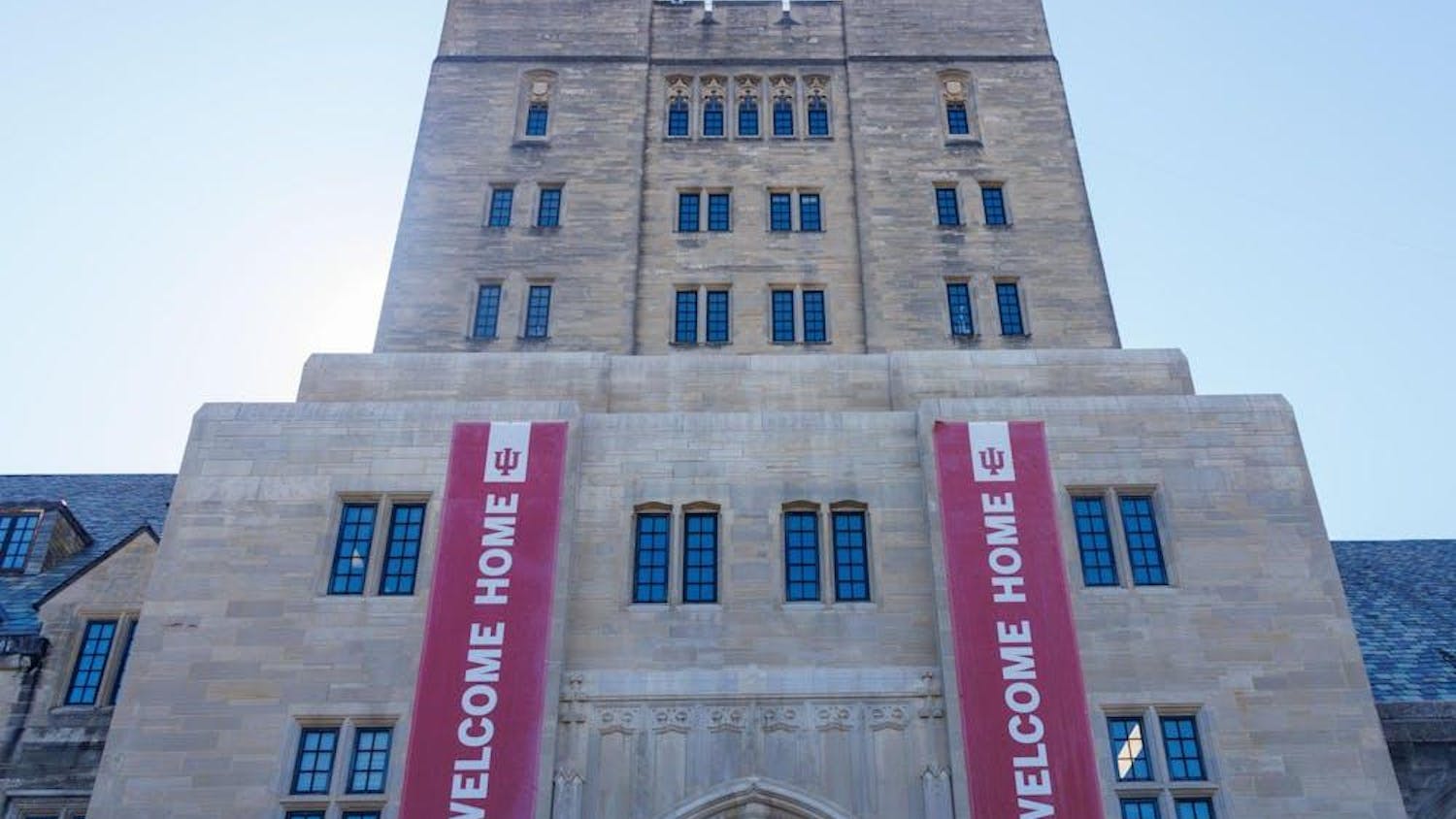Beginning early next year, ground will be broken on a new science building that will attempt to ease the current overcrowding problem in many campus research facilities and bring unification to the science department.\nHowever, many say the benefits of the Multidisciplinary Science Building will span a far greater scope than just the Bloomington campus.\nThe 65,000-square foot building, approved by board of trustees on Sept. 18, 2002, will be located between Myers Hall and the Chemistry Building.\nUniversity Architect Bob Meadows said the MSB project is going out to bid at the start of next year. Construction is expected to begin shortly after and will cost $42.5 million.\nFunding will be provided primarily by the bonding authority at roughly $31.8 million and by gifts and grants estimated at $10.6 million. University officials said this is not expected to affect tuition.\nThe design of the building will resemble other facilities in the area, especially Myers Hall, Meadows said.\nTed Widlanski, associate dean of the College of Arts and Science, said the building's design is remarkable.\n"A substantial portion of the footprint of the building is underground, so that visually, it fits in remarkably well into the existing architecture," he said. "There will be very little disturbance of the wooded area, if any, so that the beautiful quality of the IU campus will be completely preserved."\nWidlanski said the MSB project represents the first substantial expansion of IU's scientific research space in almost 20 years.\n"We can't keep squeezing more science into the same amount of space, it just doesn't work," Widlanski said. "In fact, it was really at a crisis point -- both because the space was overcrowded and because facilities weren't being modernized at a rate that would allow us to use the available space most efficiently. A building built in the '70s and '80s is designed to fit the way science was done in the '70s and '80s." \nThe MSB project is based on the notion that science is becoming increasing interdisciplinary and requires collaboration between different scientific fields. \n"The MSB really starts to address several problems at once," Widlanski said. "It provides much-needed new space and the space is conducive to the way cutting edge life sciences research is being done. It also provides us a means to create a new scientific mix that is highly interdisciplinary." \nBoard of trustees vice president Steve Ferguson said the new building will strengthen the IU Medical School, currently one of the nation's top programs.\n"One of the goals is to move (the medical school) up the ladder," Ferguson said. "Over the last 10 years, there's been an identification that IU in the medical sciences area is really strong."\nThe project will also have significant benefits for the state as a whole.\n"We're hoping that this building will support a number of the (Central Indiana Life Sciences Initiatives) that the state has been focusing on," Widlanski said. "Just one example of this is the growing science of proteomics, which will be housed in the new building. This is an area in which both IU-B and (Purdue University) have world class science. There is a state-wide initiative to take advantage of this scientific base and use it to help jump start the technology sector in the state." \nFerguson said a large number of science-related companies throughout Indiana should benefit from MSB.\n"You have a major medical and life sciences infrastructure of companies in the state," he said. "As companies move and change, they need to look for a new base."\nWidlanski said faculty members are excited about the MSB building. \n"Chemists, biologists, biophysicists and biochemists will now all be working together on a daily basis," he said. "The exchange of ideas and information should be simply incredible and should lead to remarkable new collaborations and ways of attaching research problems."\n-- Contact staff writer Matt Lahr at mjlahr@indiana.edu.
New science building to unite disciplines
Multidisciplinary Science Building will ease overcrowding
Get stories like this in your inbox
Subscribe





